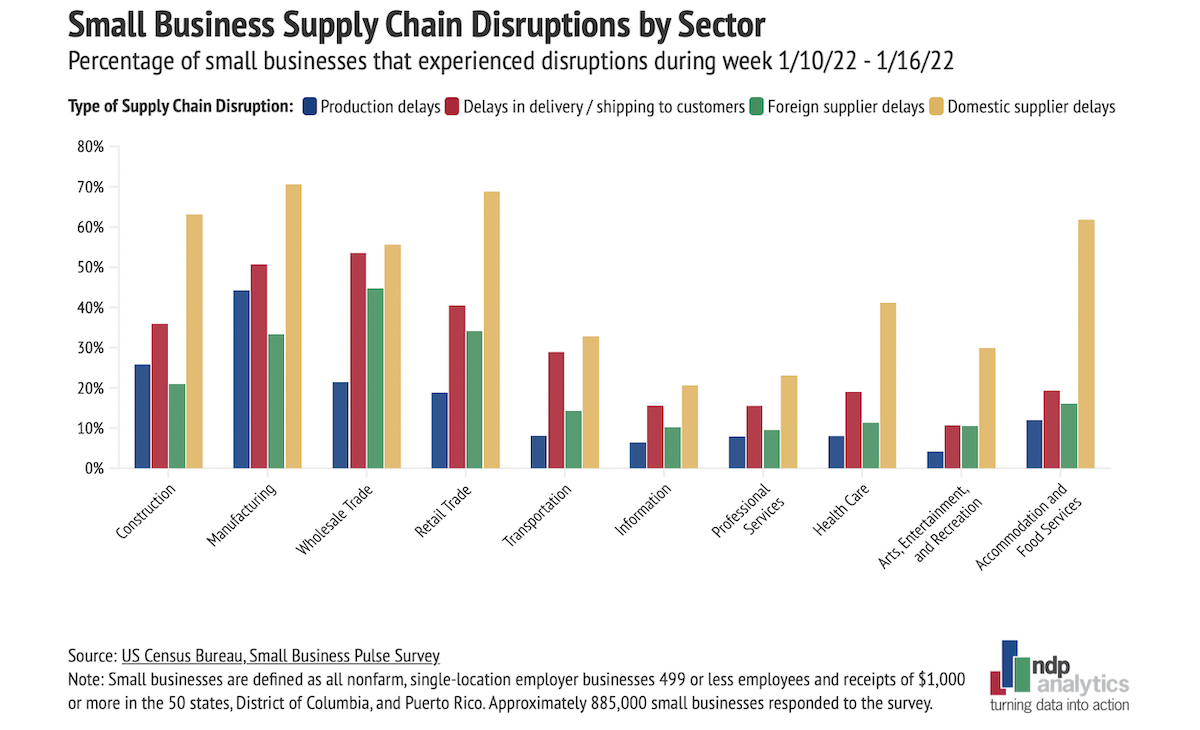Supply Chain Resilience for Indian Small Businesses in 2025

Navigating Supply Chain Challenges in 2025: Strategies for Small Businesses in India
The Indian business landscape is vibrant, dynamic, and increasingly interconnected with the global economy. However, this interconnection also brings vulnerabilities, particularly when it comes to supply chains. As we look ahead to 2025 and beyond, small businesses in India face a complex web of potential disruptions that could impact their operations, profitability, and even survival. This post will delve into these challenges, explore the likely scenarios for disruption, and – most importantly – offer practical strategies for building resilience and securing alternative sourcing options.
Understanding the Potential Disruptions: A 2025 Outlook
Several factors are converging to create a challenging environment for supply chains in 2025. Let’s break down some of the key areas:
- Geopolitical Instability: The global political landscape remains volatile. Conflicts, trade wars, and changing international relationships can significantly impact shipping routes, raw material availability, and tariff structures. India’s dependence on imports from specific regions makes it vulnerable to these shifts.
- Climate Change & Natural Disasters: Increased frequency and intensity of extreme weather events – floods, droughts, cyclones – are already impacting agricultural production and transportation infrastructure across India. These disruptions will likely worsen in 2025, affecting the availability of key commodities. Consider the impact on cotton harvests for textile businesses or spice yields for food processing companies.
- Economic Fluctuations: Inflationary pressures, fluctuating currency exchange rates (particularly the INR), and potential recessions in major trading partners can all destabilize supply chains. Rising input costs will squeeze margins and make procurement more challenging.
- Technological Disruptions: While technology offers immense opportunities, it also presents risks. Cybersecurity breaches targeting suppliers or critical infrastructure are increasingly common. Reliance on single software platforms for inventory management and logistics creates vulnerabilities.
- Labor Shortages & Rising Wages: Skilled labor shortages in specific sectors like manufacturing and transportation could drive up costs and delay deliveries. This is compounded by rising wages, impacting the overall cost of goods.
- Changing Consumer Demand: Shifts in consumer preferences towards sustainable products or localized sourcing can create unexpected demand surges or declines, requiring businesses to adapt quickly.
Building Supply Chain Resilience: Proactive Strategies
The good news is that small businesses aren’t powerless against these challenges. Building resilience involves a multi-faceted approach focusing on diversification and preparedness:
1. Diversify Your Sourcing Base
Don’t put all your eggs in one basket. This is the cornerstone of supply chain resilience. Relying solely on a single supplier or region for critical inputs exposes you to significant risk.
- Identify Critical Inputs: Start by mapping your entire supply chain and identifying the most crucial raw materials, components, or services.
- Explore Domestic Alternatives: India has a vast network of local suppliers. Actively seek out domestic alternatives to imported goods, even if they are slightly more expensive initially. The long-term stability often outweighs the short-term cost difference. Government initiatives promoting ‘Make in India’ can be leveraged here.
- Nearshoring & Regional Sourcing: Consider sourcing from neighboring countries like Bangladesh, Nepal, or Sri Lanka – regions with similar time zones and logistical advantages.
- Multi-Sourcing: Establish relationships with multiple suppliers for the same input. This provides redundancy and allows you to switch between sources if one faces a disruption.
2. Strengthen Supplier Relationships
Treating your suppliers as partners, not just vendors, is crucial.

- Regular Communication: Maintain open lines of communication with your key suppliers. Understand their challenges and proactively address potential issues.
- Financial Support (where appropriate): Offering early payment terms or providing small loans to struggling suppliers can help them weather difficult times and maintain supply continuity.
- Joint Planning & Forecasting: Collaborate with suppliers on demand forecasting and production planning to optimize inventory levels and reduce waste.
3. Optimize Inventory Management
Strategic inventory management is essential for mitigating disruptions.
- Safety Stock: Maintain a buffer of safety stock for critical inputs, but avoid excessive stockpiling which ties up capital. Calculate appropriate safety stock levels based on lead time variability and demand fluctuations.
- Demand Forecasting Accuracy: Invest in better forecasting tools and techniques to accurately predict demand and adjust inventory levels accordingly.
- Just-in-Time (JIT) Considerations: While JIT can be efficient, it leaves little room for error. Evaluate the feasibility of a hybrid approach – maintaining some strategic reserves while still striving for efficiency.
4. Leverage Technology & Data Analytics
Technology is your ally in navigating supply chain complexities.
- Supply Chain Visibility Software: Implement software that provides real-time visibility into your entire supply chain – from raw material sourcing to final delivery.
- Data Analytics for Risk Assessment: Use data analytics to identify potential vulnerabilities and predict future disruptions based on historical trends and external factors.
- Blockchain Technology (Future Consideration): While still emerging, blockchain can enhance transparency and traceability within supply chains, reducing the risk of fraud and counterfeiting.
5. Embrace Digital Transformation
Digitizing your processes makes you more agile and responsive.
- Cloud-Based Solutions: Move to cloud-based ERP and SCM systems for improved accessibility and scalability.
- Automation: Automate repetitive tasks like order processing, inventory management, and invoice payments.
- E-commerce Integration: Strengthen your online presence and explore direct-to-consumer channels to reduce reliance on traditional distribution networks.
Specific Considerations for Indian Small Businesses
Beyond the general strategies outlined above, Indian small businesses face unique challenges:
- Infrastructure Limitations: India’s infrastructure (roads, ports, railways) can be a bottleneck. Factor in potential delays and seek out alternative transportation routes.
- Government Regulations & Compliance: Stay abreast of changing regulations related to imports, exports, and domestic procurement.
- Access to Finance: Securing financing for working capital or investments in supply chain resilience can be challenging for small businesses. Explore government schemes and SME-focused lending programs.
Conclusion
Navigating the evolving landscape of supply chains in 2025 requires proactive planning, strategic diversification, and a willingness to embrace new technologies. For Indian small businesses, building resilience isn’t just about surviving disruptions; it’s about seizing opportunities – becoming more competitive, agile, and prepared for the future. By implementing these strategies, you can transform supply chain challenges into pathways to sustainable growth and success.



